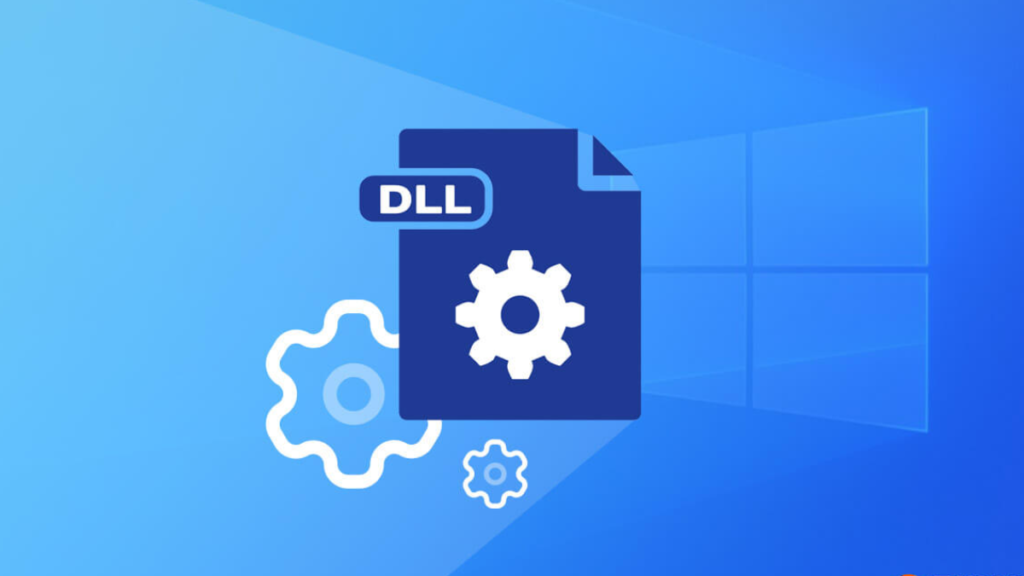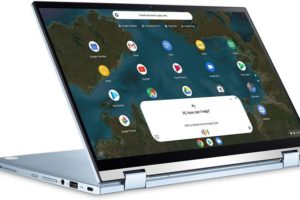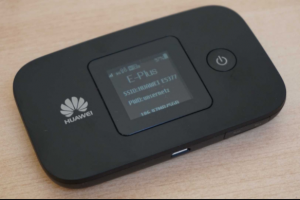You have probably come across a DLL file in Windows if you have been tinkering a lot with your PC or laptop. These DLL files have an extension .dll which basically is short for Dynamic Link Library and we shall decode what exactly these files do and understand them in this article.
The use of DLLs helps promote the modularization of code, code reuse, efficient memory usage, and reduced disk space. So, the operating system and the programs load faster, run faster, and take up less disk space on the computer.
What is DLL?
As aforementioned, a DLL is short for Dynamic Link Library. It is a kind of record that contains guidelines and instructions that different applications and programs can call upon to do specific things.
Shared libraries (also called dynamic libraries) are linked into the program in two stages. First, during compile time, the linker verifies that all the symbols (again, functions, variables, and the like) required by the program, are either linked into the program or in one of its shared libraries.
However, the object files from the dynamic library are not inserted into the executable file. Instead, when the program is started, a program in the system (called a dynamic loader) checks out which shared libraries were linked with the program, loads them to memory, and attaches them to the copy of the program in memory.
Also Read: Getting Started With Windows Subsystem for Linux
Types of DLL Files
There are two main types of DLL Files in Windows environments, that is;
Load-time dynamic linking
In load-time dynamic linking, an application makes explicit calls to exported DLL functions like local functions.
Run-time dynamic linking
In run-time dynamic linking, an application calls either the LoadLibrary function or the LoadLibraryEx function to load the DLL at run time.
The above files and jargon stem from the fact that DL files are natively only for Windows. The equivalents to a Windows DLL on OS X are Frameworks (Cocoa) or dylibs (BSD). Linux has shared object (. so) files that are equivalent to DLLs on Windows. If you want to read more about these files, please refer to this official documentation from Microsoft itself.
Is a DLL file the same as EXE?
DLL is basically a shared library and can’t actually run on its own. A .exe file is, however, an executable that makes the DLL run alongside and picked along the way to provide resources to it.
It is not possible to directly execute a DLL since it requires an EXE for the operating system to load it through an entry point, hence the existence of utilities like RUNDLL.EXE or RUNDLL32.EXE
Due to a vulnerability commonly known as DLL hijacking, DLL spoofing, DLL preloading, or binary planting, many programs will load and execute a malicious DLL contained in the same folder as a data file opened by these programs. So, you need to be vigilant and aware of such acts and files.
Conclusion
If you forget everything aforementioned, Remember a DLL record is a Unique Connection Library document. These files can be utilized by various projects to share capabilities. A great many people manage them just while expecting to fix DLL errors.
I hope you learned about what a DLL File is in Windows in this article, and you can widely share this article if you have enjoyed it. Chances are high that you will not come across one if you are just a normal Windows user.
Discover more from Dignited
Subscribe to get the latest posts sent to your email.












